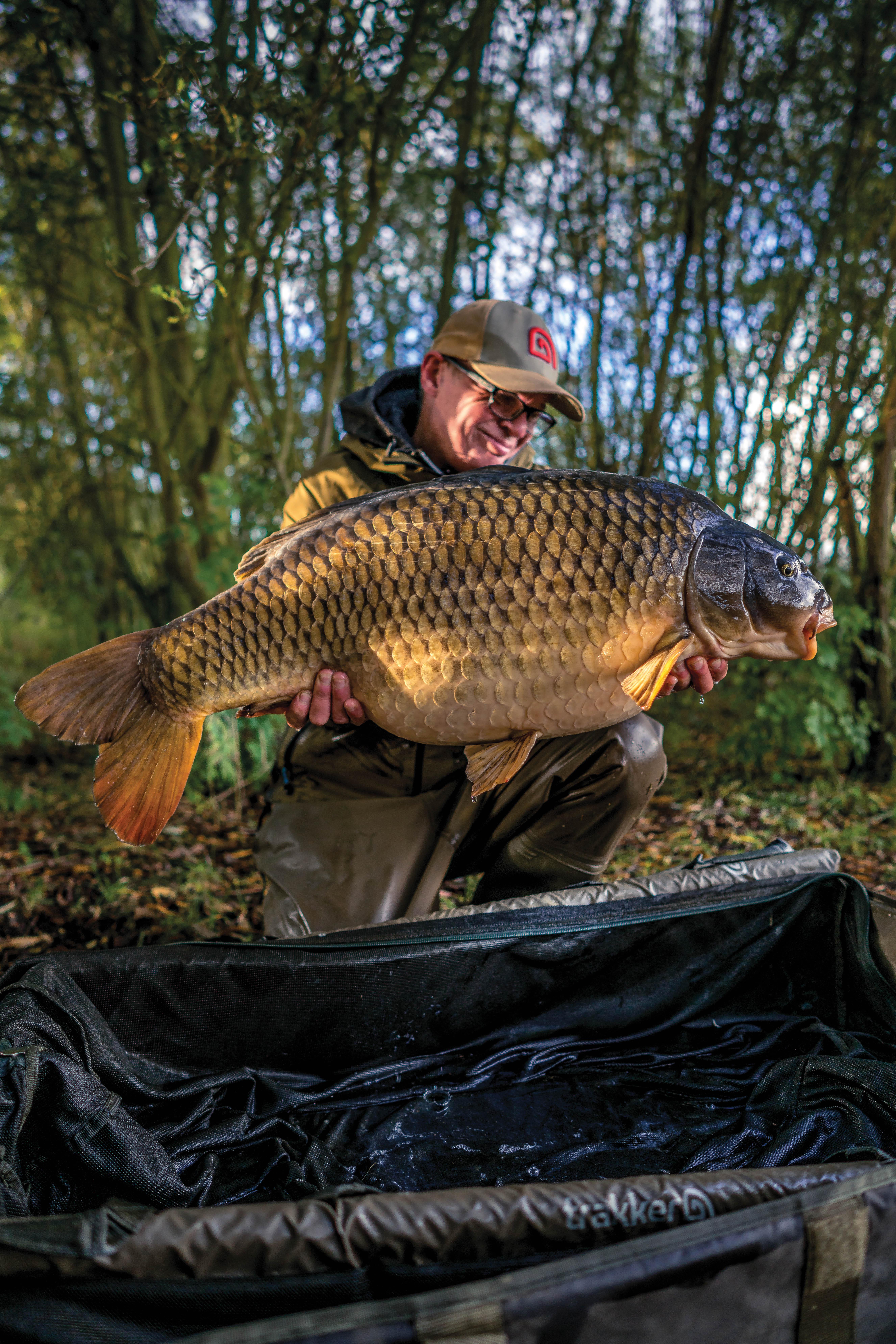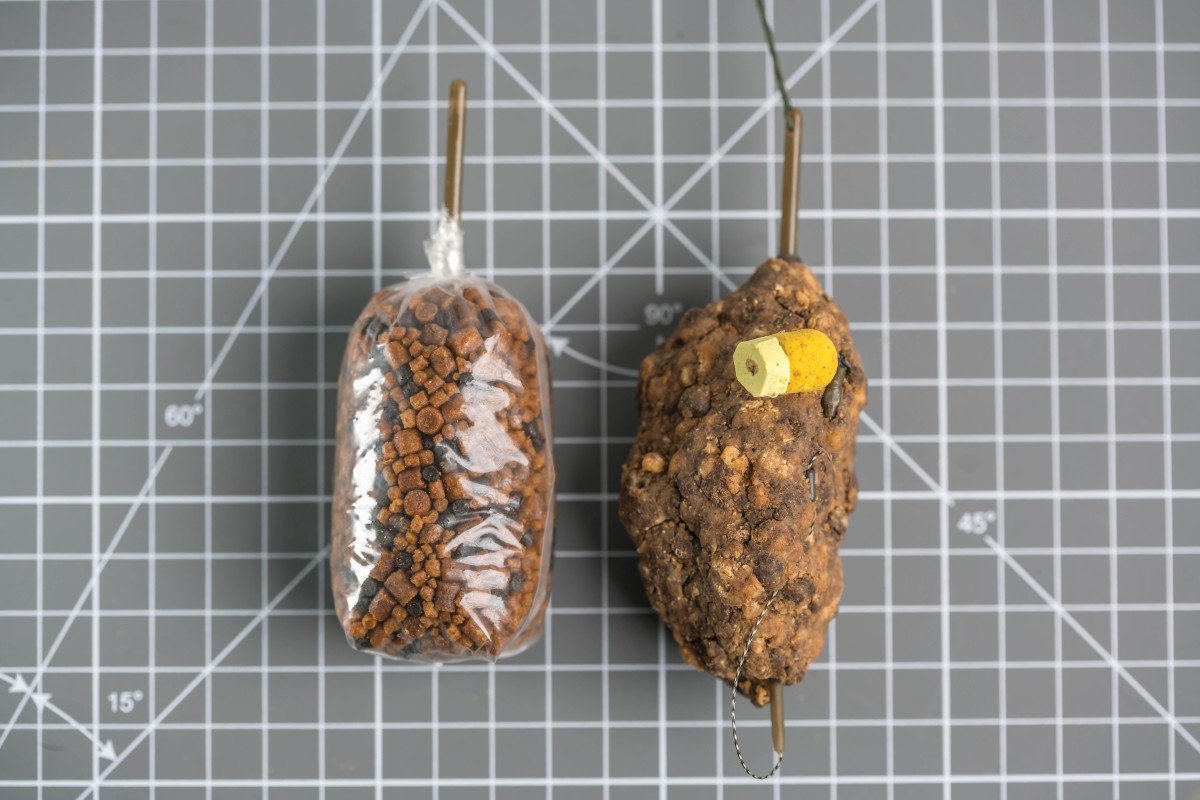
Method In The Madness!
Jon ‘Shoes’ Jones considers the pros and cons of an approach which, these days, often plays second fiddle to the PVA bag…
The Method feeder has been around for many years. In fact, I came across an article which claimed that back in the late sixties, anglers wrapped coat-hanger wire around leads so they could mould bait to them. This type of feeder fishing really took off, as it made for easy application of free offerings, very accurately around hookbaits. Strange really, and as that last sentence emphasises, never before had anglers been able to place their feed so close to their hookbaits. From there, the Method evolved into the three-finned feeder like those commonly seen today. A further advancement was made when the flatbed feeder was designed by Andy Findlay, and this is now used by match anglers around the world. For this feature, however, I’m going to stick to the traditional, three-finned model favoured by carp anglers.
Feeder Over Bags?
You might ask why you’d want to use the Method rather than a solid PVA or mesh bag. Well, it’s completely down to you, but some would say it’s a lot easier to fish a Method feeder. Some might also say that it’s a bit messy, as you obviously use your hands to mould your bait around the feeder. So, what’s it to be? I for one love solid bags, but also agree that the Method is a very similar approach to a solid bag, with the latter being a lot quicker to put together.
I remember during my time as events manager for the British Carp Angling Championships, seeing competitors fight it out with Method feeders and baiting up with groundbait balls. This worked tremendously well and loads of carp were caught. Around the same time, Frank Warwick almost emptied Acton Top Lake using a simple Method-feeder approach. The tactic obviously works, but why isn’t it used by the masses today? And why choose the Method over a solid PVA bag?
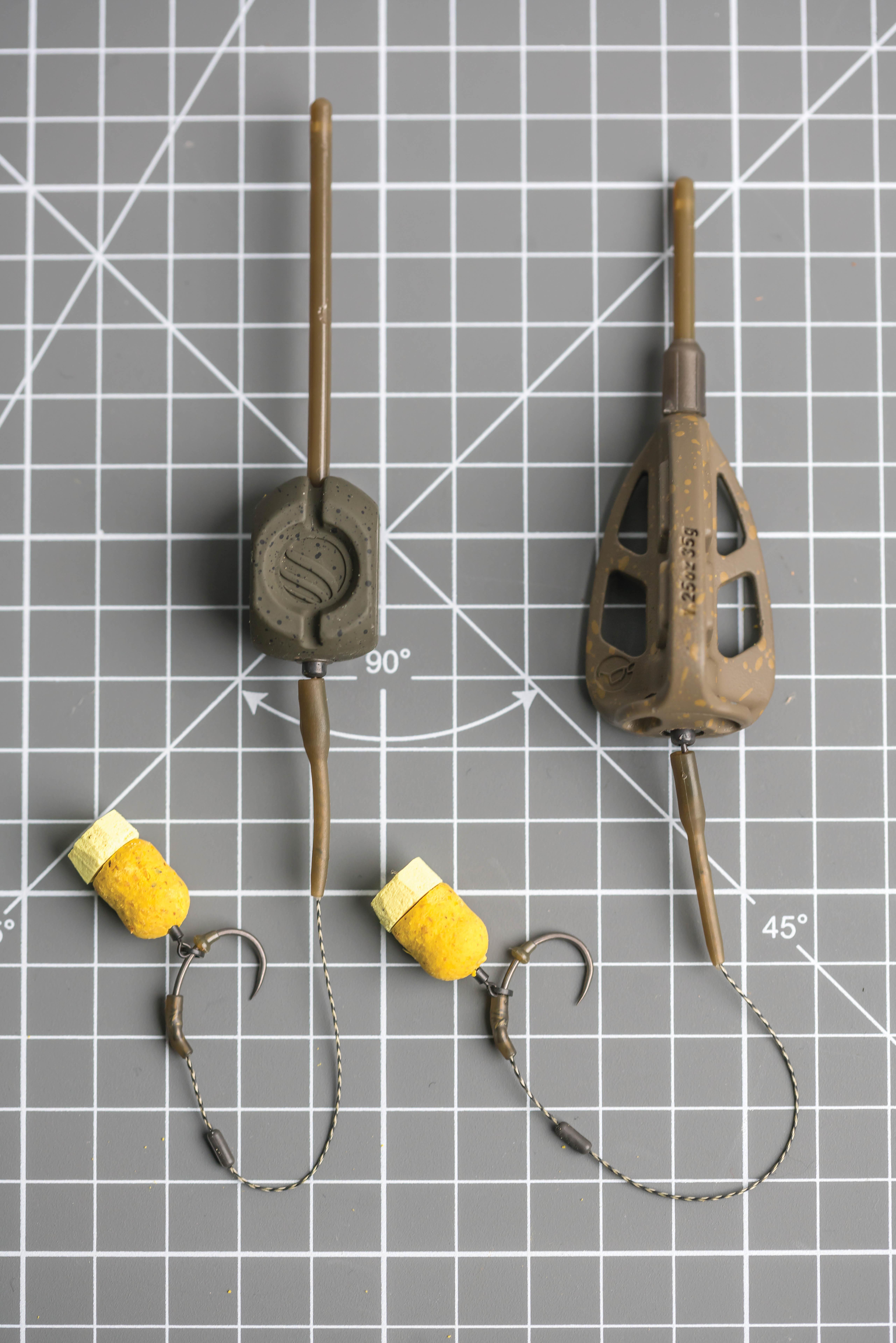
As mentioned, the Method is up against solid PVA and mesh bags, and these two approaches are the most popular, and most devastating ways of placing free offerings around your hookbaits with minimal fuss. If you fancy adding some non-PVA-friendly liquids, however… Well, you know what happens to bags when you do: things get a tad messy. This is obviously a plus for the Method—it doesn’t matter what you use as there’s no PVA.
Some might say that bait falls off when you cast a Method feeder. That might be true, but having filmed some of the country’s top match anglers over the years, I have watched how they apply their bait. Most will squeeze it quite forcibly around the feeder with their hands, or use purpose-designed moulds, confident that it will stay on, and that it will remain in place on the lakebed. When a feeder is prepared correctly, then, any chances of bait falling off on the cast is minimised.
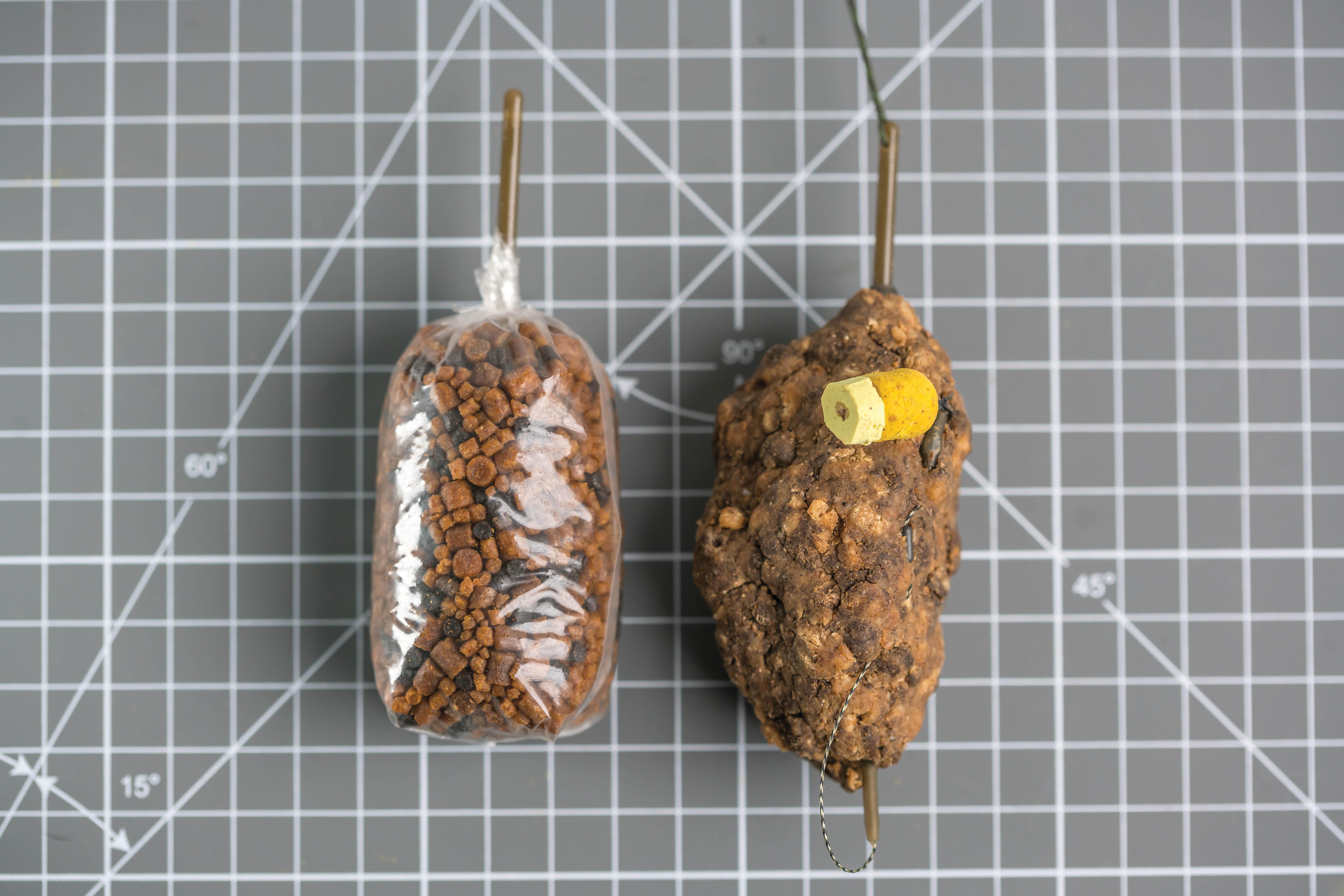
Is the Method’s lack of use down to the time-consuming preparation of the bait? Probably, yes. It does take longer to prepare a mix for use with the Method than offerings for solid PVA and mesh bags, but once done, feeders are easy to load. Choice of approach is, therefore, down to you.
Let’s say we’ve chosen to try the Method; what do we need? The most common Method feeders used in carp fishing are the three-finned versions that have a weight down the centre, or have one of the fins weighted so that it (the feeder) falls to the lakebed and lays there in the same position after each cast. Flatbed feeders are also available, and these will work perfectly for carp fishing too. The rigs are very simple to construct, and require only a short, 4- to 5-inch hooklength. They’re also fished with either tubing, leadcore or mono straight through, as one would a PVA bag—it’s easy to see the similarities between the two set-ups.
Bait is where things vary, but only slightly. When using a solid bag, baits are dry, or oil-based so as not to melt the PVA film. With the Method, baits are obviously wet and sticky. One of the best ways of getting bait to stick to your feeder is to scald pellets. After scalding, pellets will mould, and stick together better. The addition of hot water also activates the oils and additives, giving them better attraction. At this point you can add groundbaits, liquids and so on; it’s up to you. One little trick I use is to add some boilie paste to the feeder before adding the pellets. This acts as a second layer of attraction after the pellets have broken down—it’s my double-feeder approach, so to speak.
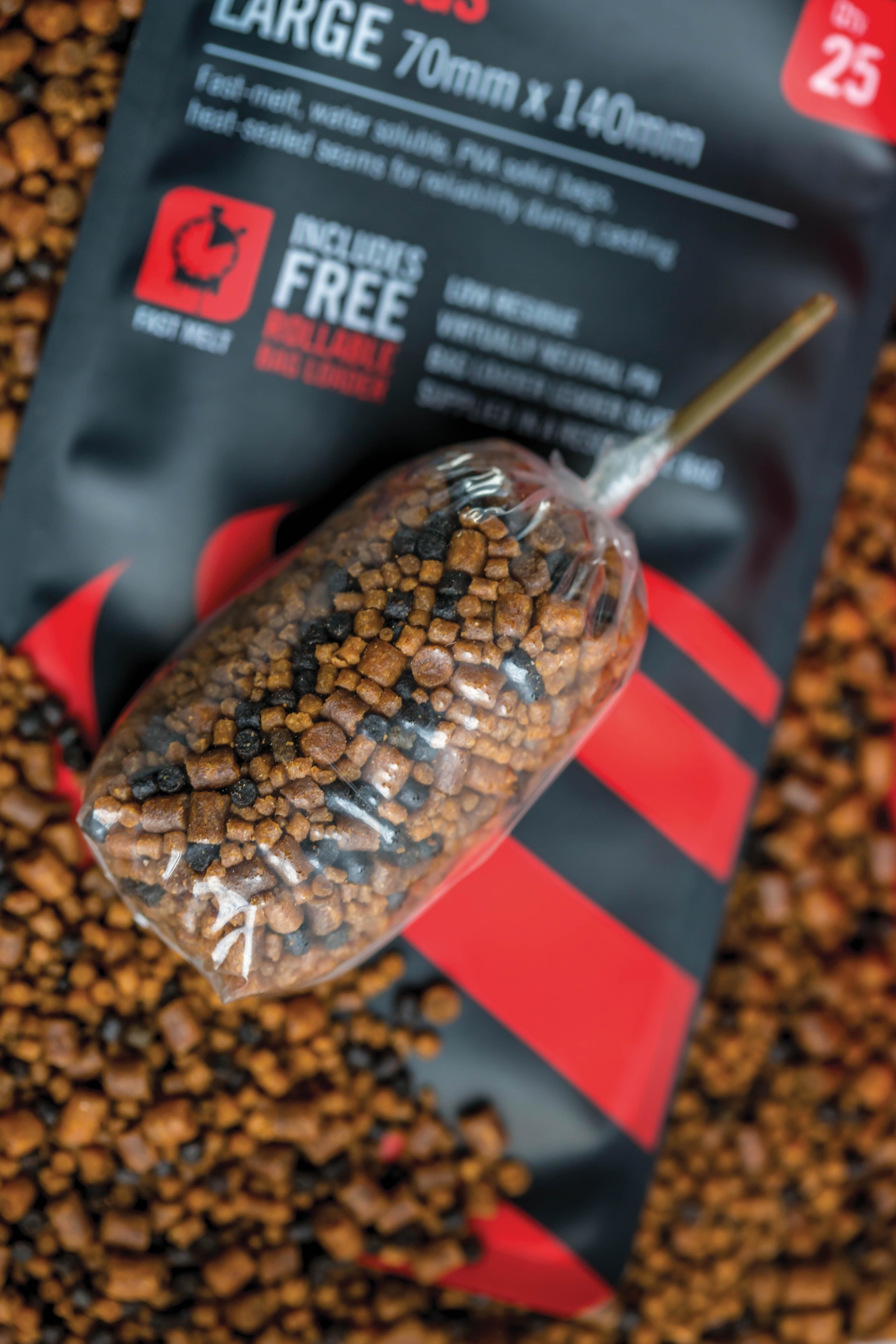
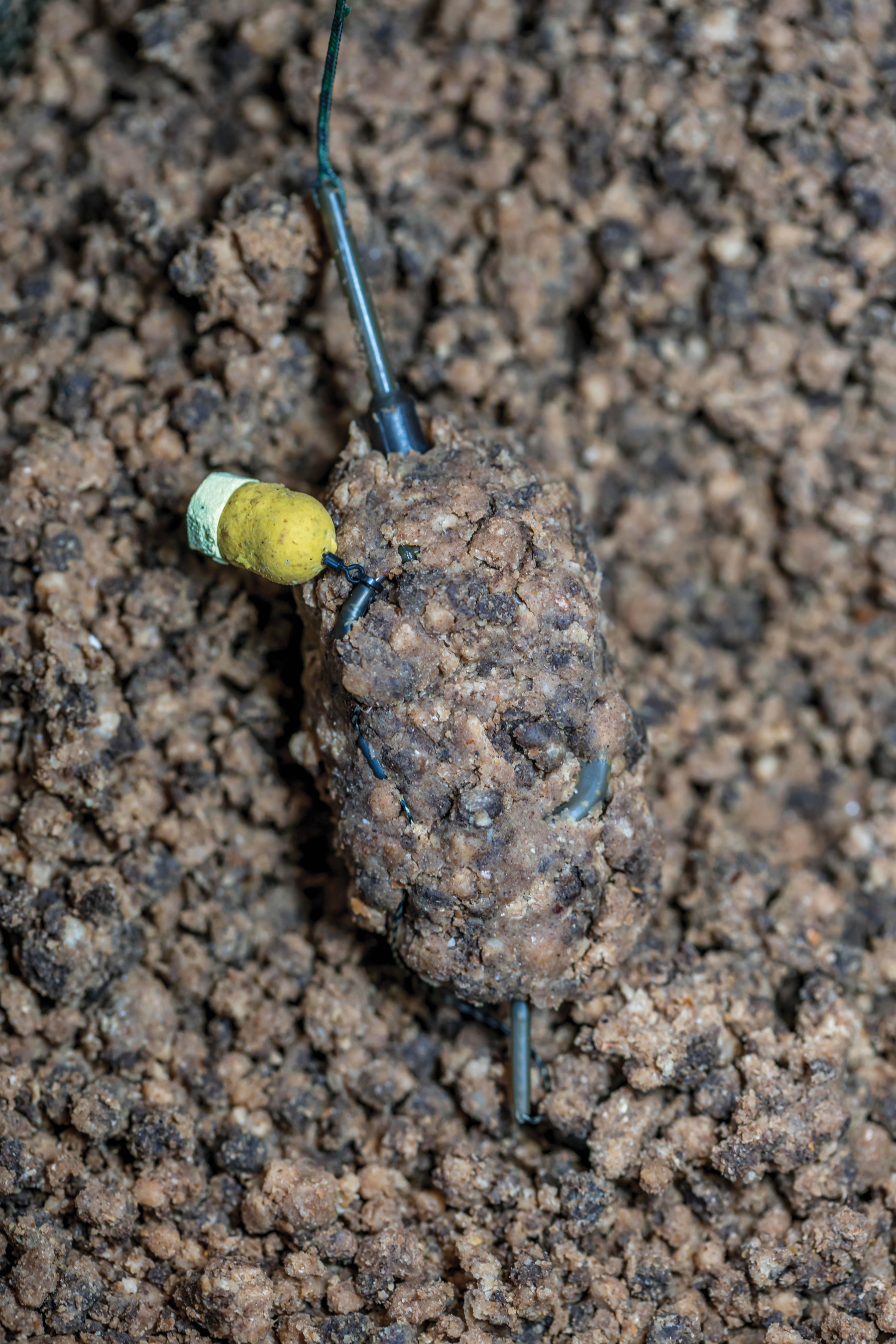
Still undecided about which approach to use? Solid bags are dry and clean, but a few are put off as some, perhaps, cannot tie them correctly. Re-casting is also an issue. If you don’t hit the right spot, you have to dry everything and start all over again. The Method is messy, but it’s relatively easy to reload your feeder, and therefore it’s quicker when you have to re-cast. Both approaches work very well, but one appears to be more popular than the other. Is it just a fashion or a trend, or will there still be a ‘method in the madness’ when it comes to choosing between the two…?
